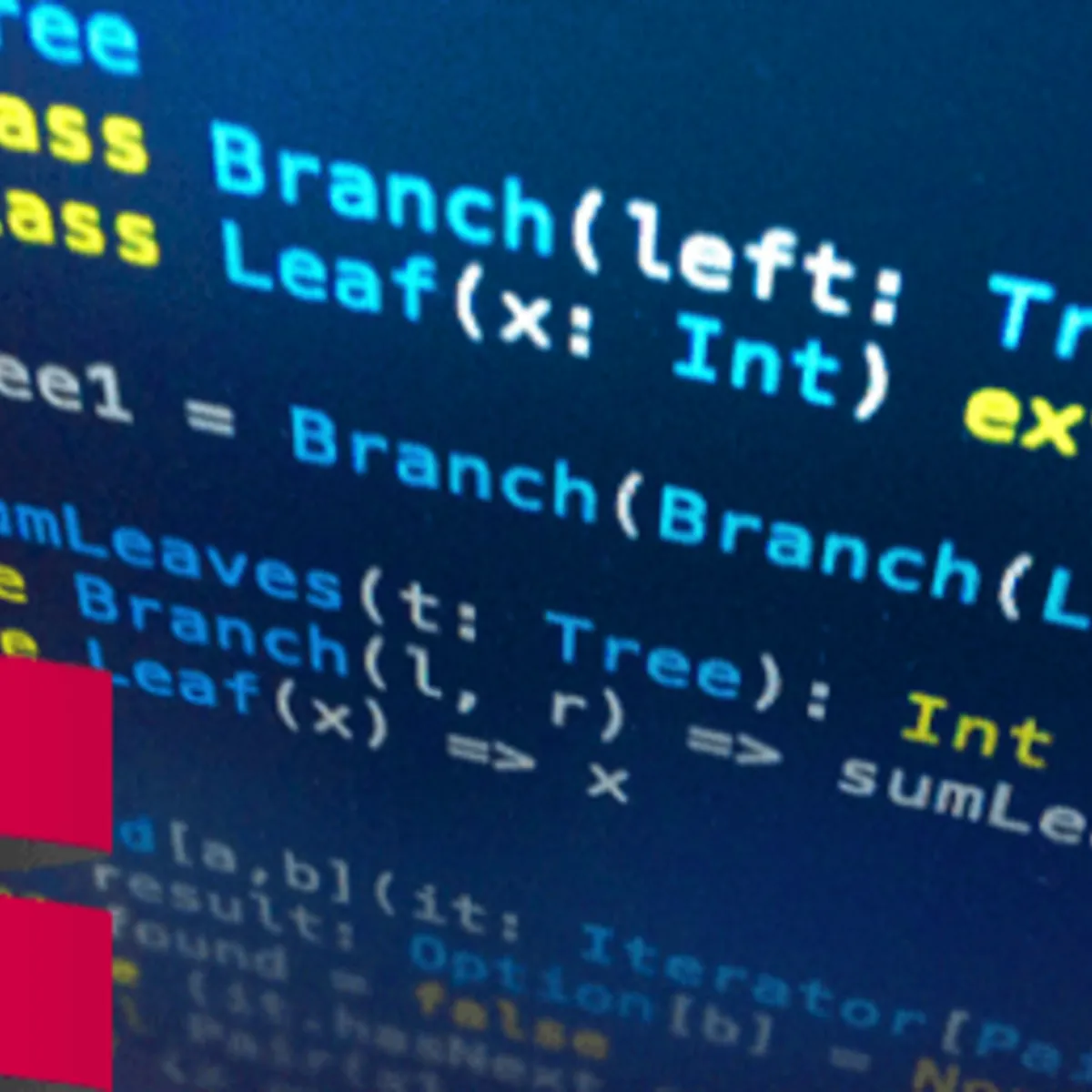
Python 3: A Beginners Guide to Python Programming 
This comprehensive guide provides a beginner-friendly introduction to Python 3 programming, helping readers to quickly learn the fundamentals and start coding. With clear explanations and step-by-step instructions, readers can easily master the basics of Python 3. ▼
ADVERTISEMENT
Course Feature
![]() Cost:
Cost:
Free Trial
![]() Provider:
Provider:
Skillshare
![]() Certificate:
Certificate:
No Information
![]() Language:
Language:
English
![]() Start Date:
Start Date:
Self Paced
Course Overview
❗The content presented here is sourced directly from Skillshare platform. For comprehensive course details, including enrollment information, simply click on the 'Go to class' link on our website.
Updated in [March 06th, 2023]
This course, Python 3: A Beginners Guide to Python Programming, provides an introduction to the Python programming language. It covers the basics of the language, including variables, strings, numbers, comments, lists, user input, conditional tests, dictionaries, while loops, functions, classes, files, error handling, and tests. By the end of the course, students will have a basic understanding of the Python language and be able to write simple programs.
[Applications]
After completing this course, students should be able to apply their knowledge of Python 3 to create programs that can solve real-world problems. They should be able to use variables, strings, numbers, comments, lists, user input, conditional tests, dictionaries, while loops, functions, classes, files, error handling, and tests to create programs that are efficient and effective. Additionally, they should be able to debug their programs and identify and fix errors.
[Career Paths]
1. Python Developer: Python Developers are responsible for writing and testing code, debugging programs and implementing software solutions. They use Python to develop software applications, websites, and other programs. Python Developers are in high demand due to the increasing popularity of Python and its wide range of applications. The job outlook for Python Developers is expected to grow significantly in the coming years.
2. Data Scientist: Data Scientists use Python to analyze large datasets and uncover insights. They use Python to develop algorithms, build predictive models, and create visualizations. Data Scientists are in high demand due to the increasing need for data-driven decision making. The job outlook for Data Scientists is expected to remain strong in the coming years.
3. Machine Learning Engineer: Machine Learning Engineers use Python to develop and deploy machine learning models. They use Python to build algorithms, train models, and deploy them in production. Machine Learning Engineers are in high demand due to the increasing need for automation and artificial intelligence. The job outlook for Machine Learning Engineers is expected to remain strong in the coming years.
4. Web Developer: Web Developers use Python to develop websites and web applications. They use Python to create dynamic webpages, build APIs, and integrate databases. Web Developers are in high demand due to the increasing need for web-based solutions. The job outlook for Web Developers is expected to remain strong in the coming years.
[Education Paths]
1. Bachelor of Science in Computer Science: This degree path provides students with a comprehensive understanding of computer science fundamentals, such as programming languages, algorithms, data structures, operating systems, and software engineering. It also covers topics such as artificial intelligence, computer graphics, and computer networks. This degree path is becoming increasingly popular as technology continues to evolve and become more complex.
2. Bachelor of Science in Information Technology: This degree path focuses on the application of technology to solve business problems. It covers topics such as database management, web development, network security, and software engineering. This degree path is becoming increasingly popular as businesses rely more heavily on technology to stay competitive.
3. Master of Science in Computer Science: This degree path provides students with an advanced understanding of computer science fundamentals, such as programming languages, algorithms, data structures, operating systems, and software engineering. It also covers topics such as artificial intelligence, computer graphics, and computer networks. This degree path is becoming increasingly popular as technology continues to evolve and become more complex.
4. Master of Science in Information Technology: This degree path focuses on the application of technology to solve business problems. It covers topics such as database management, web development, network security, and software engineering. This degree path is becoming increasingly popular as businesses rely more heavily on technology to stay competitive.
Pros & Cons

Clear and concise lectures

Perfect pace

Easy to understand

Great examples

Creative examples

Blocks out half the screen

Doesn't explain some concepts

Code not working on Visual Studio
Course Provider

Provider Skillshare's Stats at AZClass
Python 3: A Beginners Guide to Python Programming provides beginners with an introductory guide to Python 3 programming to help readers quickly learn the basics and start coding. Through clear explanations and step-by-step instructions, readers can easily grasp the basics of Python 3. Learners will have a comprehensive understanding of the Python language and be able to write their own programs. The course also introduces object-oriented programming and how to create graphical user interfaces using Python. Through this course, learners will be able to develop their own applications.
Discussion and Reviews
0.0 (Based on 0 reviews)
Explore Similar Online Courses

The Ultimate Free-Style Dance Course

ServiceNow Developer Interview Questions & Answers

RDBMS PostgreSQL

Intro To PostgreSQL Databases With PgAdmin For Beginners

PostgreSQL: Client Applications

Mastering SQL using Postgresql

Database Design and Basic SQL in PostgreSQL

PostgreSQL: Advanced Queries

Spatial SQL with Postgres : A language for geographers

Learn SQL Using PostgreSQL: From Zero to Hero

PostgreSQL Essential Training


Start your review of Python 3: A Beginners Guide to Python Programming